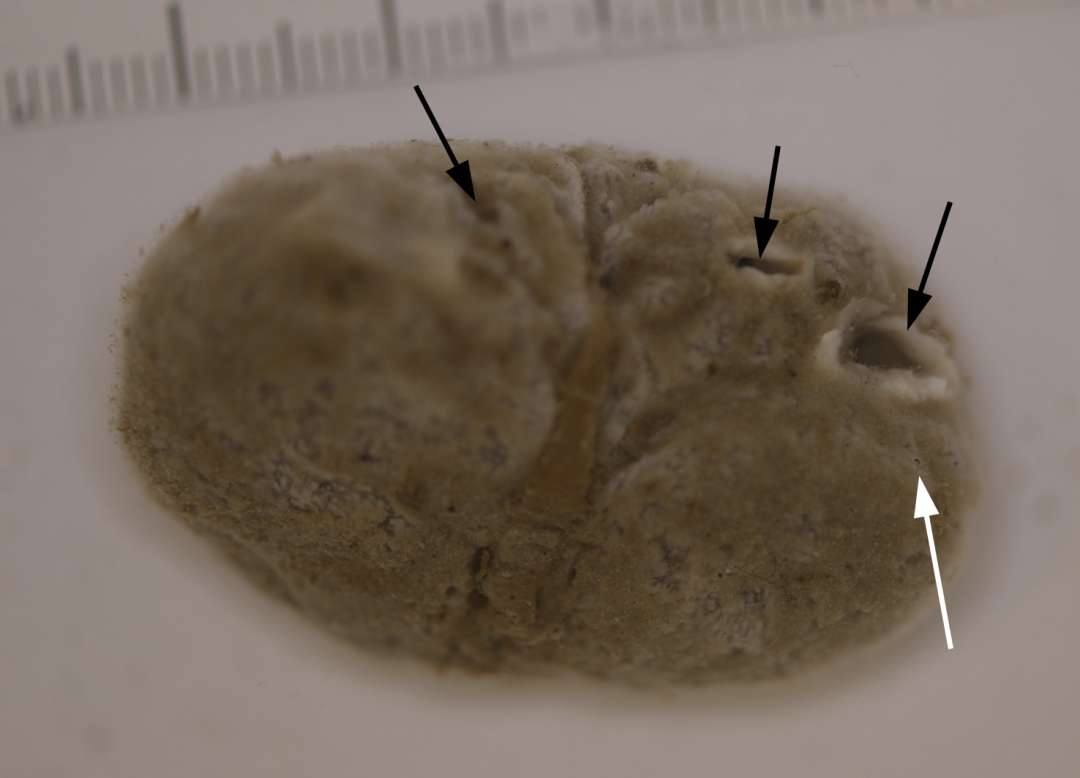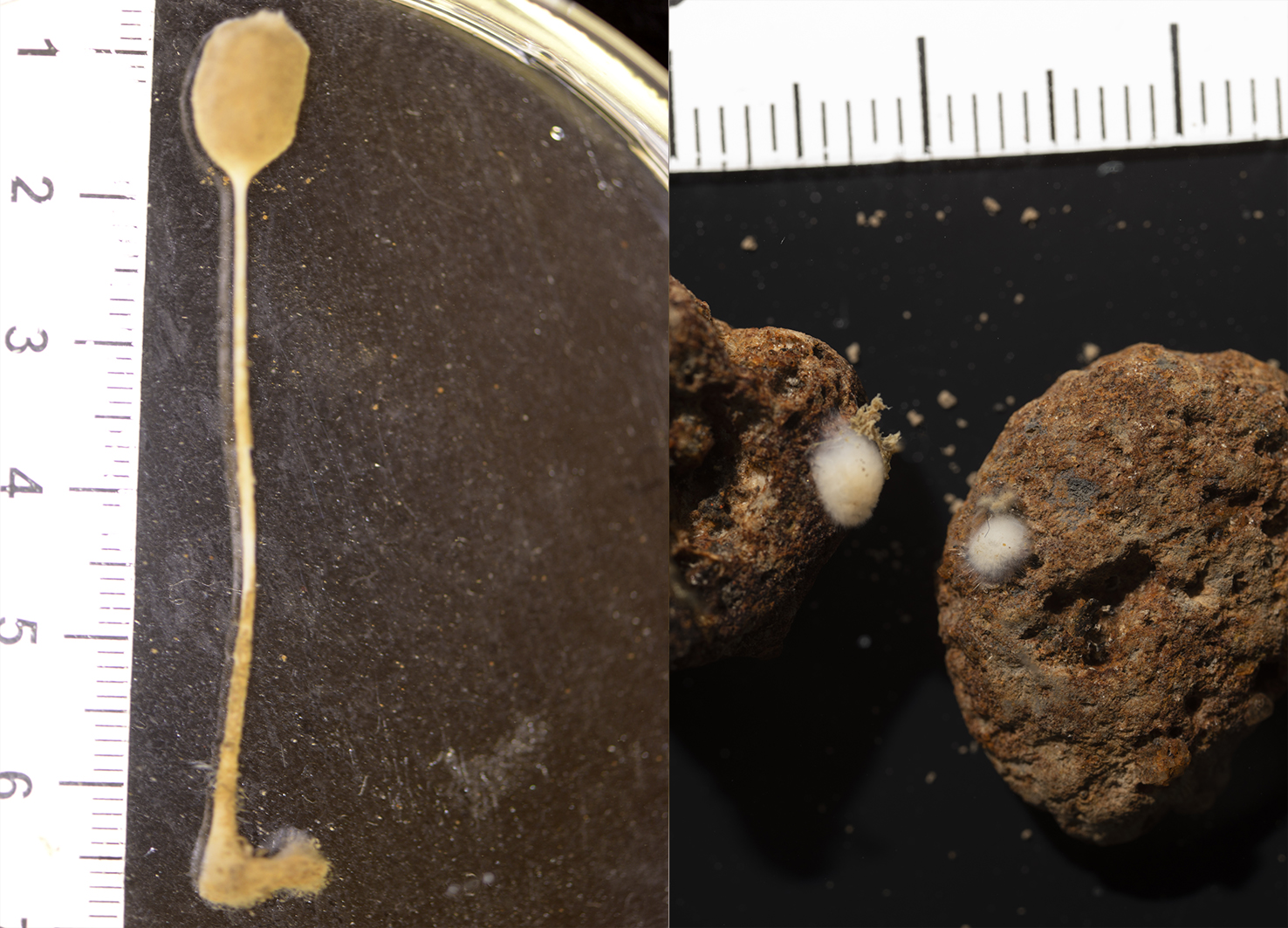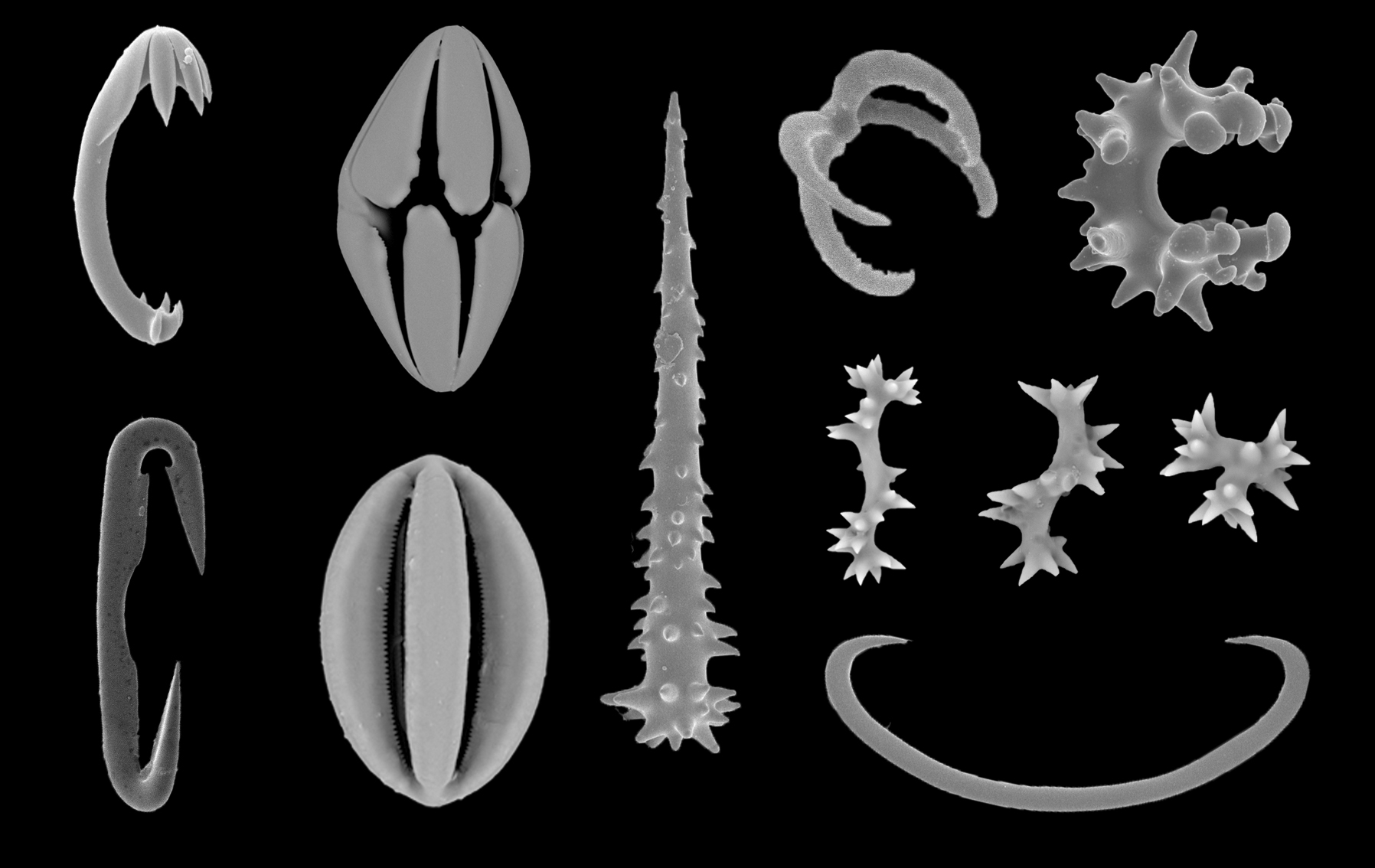From the decks of the world
Close to the midpoint of the AleutBio survey, and taking advantage of long deploying times to reach deeper sites within the Aleutian Trench (at 7,000 m, some gear takes almost 10 h to reach the sea floor and back!) the time has come to talk about one of the most ancient animal groups living in our world’s oceans.
Hi, my name is Andreu Santín Muriel, and I am a postdoctoral researcher from the Institut de Ciències del Mar (ICM-CSIC), Catalonia, Spain. Back home, my current position focusses on the broader topic of active restoration and conservation measures for deep-sea sessile fauna (those organisms that live attached to the sea floor), yet my main line of research focuses on, perhaps, one of the most interesting phyla amongst those sessile organisms… Sponges! By now, some other colleagues of this expedition have had the opportunity to introduce their study organisms (and I’m sure you have realized we are all equally passionate about our study groups) but sponges stand aside all other animals groups as they lack true tissues, nervous systems or organs, and they are considered the evolutionary sister group to all other living animals alive today. Despite the apparent simplicity of their organization, they possess an intricate system of inhalant (ostia) and exhalant (oscula) pores (hence their scientific name ‘Porifera’, or ‘pore-bearer’) connected by multitude of channels and chambers across their body (the aquiferous system) filled with choanocites (the sponge’s main cell type), all aimed at a single purpose: maximize water circulation within the sponge to allow for respiration, feeding and excretion. How? By the active motion of a single whip-like flagella by the choanocites, which drives water through the sponge’s body. In short, most sponges follow the patterns mentioned above, which are considered their distinguishing features (i.e. those characteristics that are used to distinguish sponges from all other living organism) yet, there are some cool exceptions to that architecture (more on that later).
Having given sponges a proper introduction, it is time for me to go back to the main story. Two months ago, I was planning my work schedule for what I thought would be a ‘normal’ summer, when Angelika Brandt wrote to the sponge community asking for someone who could join the AleutBio expedition last minute as an on-board sponge expert. After a lengthy consideration of about 5 minutes, I called my bosses to kindly request for a change of summer plans, and, to make a long story short, here I am! On aboard the RV Sonne, currently south of the Aleutian Archipelago and waiting for the Agassiz Trawl (commonly used to catch organisms living in close contact with the sea floor) to come up and, with luck, fetch us some unique sponges!
The stations we have sampled in the Bering Sea and south of the Aleutian archipelago are mostly dominated by muddy bottoms, which tend to given sponges a hard time. Being sessile organisms, they need to attach themselves to the substrate, hence sponge diversity tends to be generally higher in hard substrates (for example rocky areas) when compared to muddy bottoms. Nevertheless, some species have adapted to living in the mud by developing long stalks that keep their bodies out of the mud, and we gotten a great collection of them in the area, such as Stylocordyla borealis, or lollipop sponge, and several species of hexactinellid sponges (Figures 2 and 3).
As happens with many other animals, sponges collected from these inaccessible and remote areas are difficult to classify, and often include several poorly known or even new species (including the ones to the right of the lollipop sponge in Figure 2). Classification is particularly challenging for sponges, as most of them cannot be identified based on their external appearance. How to classify them then? Most sponges possess a siliceous, calcareous or organic skeleton made of discrete units called spicules (see Figure 4 for some examples), which help keep the sponge’s shape and, thankfully for us, they come in all sizes and shapes, which helps us identify them from one another. However, things are never that easy, and in most cases only a tentative classification will be made on board. In fact, it might actually take years before all samples collected during the AleutBio Expedition can be properly characterized, and for some, I might not be able to do it all!
Hexactinellid sponges are beautiful, but the most incredible sponges we have found in this expedition are, without doubt, the carnivorous sponges (Figure 5). We previously said that all sponges have a water filtration system, but carnivorous sponges (as the ones in the pictures below) have completely lost it, and obtain their food by preying on small crustaceans. As you can see, most of them are stalked, with numerous projections coming out from the main body, which lays at the top of the stalk. Those projections are full of hook like spicules (as the top left spicule on Figure 4) which help the sponge capture its pray. Who could have thought that the predators of the deep-sea would be sponges?
Well, I have already talked for too long, and the gear is almost at the surface, so it time that I close this entry and hurry off to see what wonders it might bring this time!
See you at the next shift,
Andreu Santín Muriel, Ph.D
Institut de Ciències del Mar (ICM-CSIC), Barcelona




